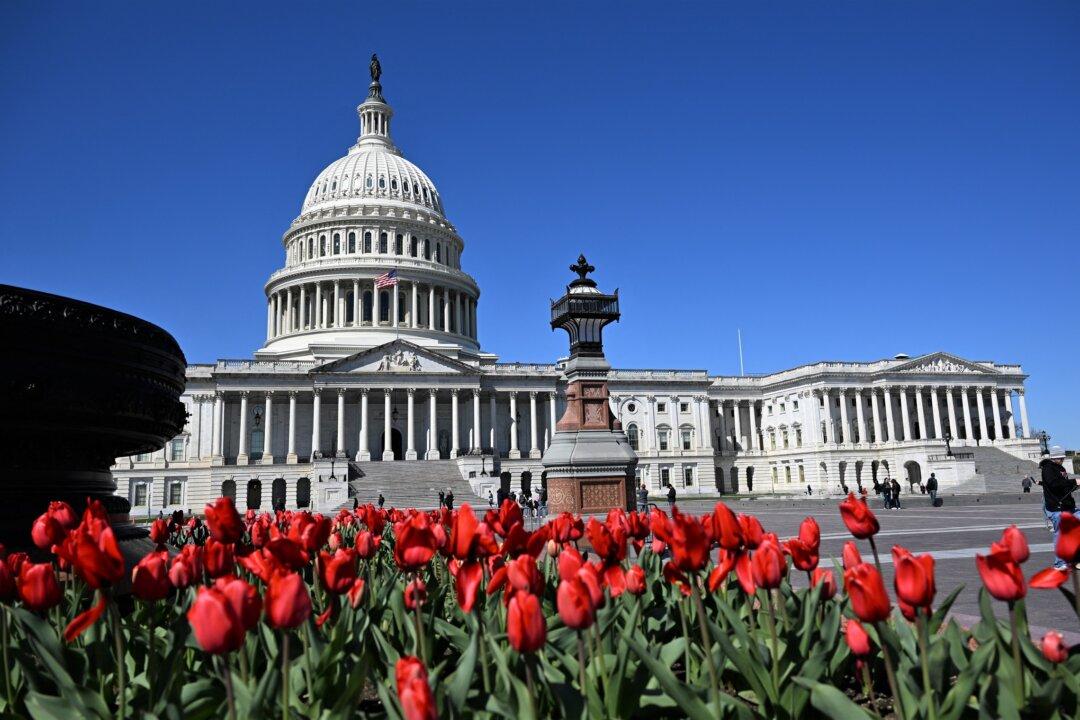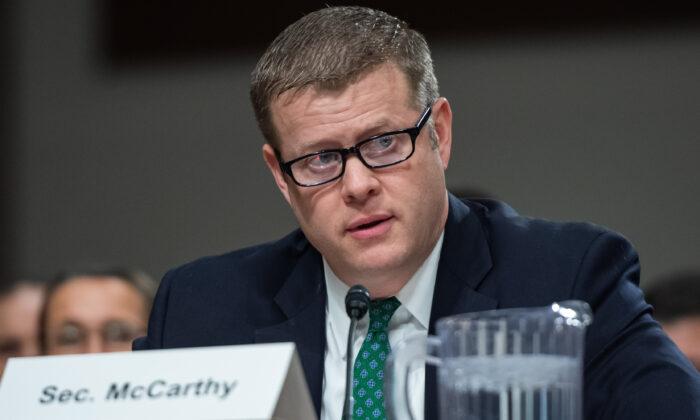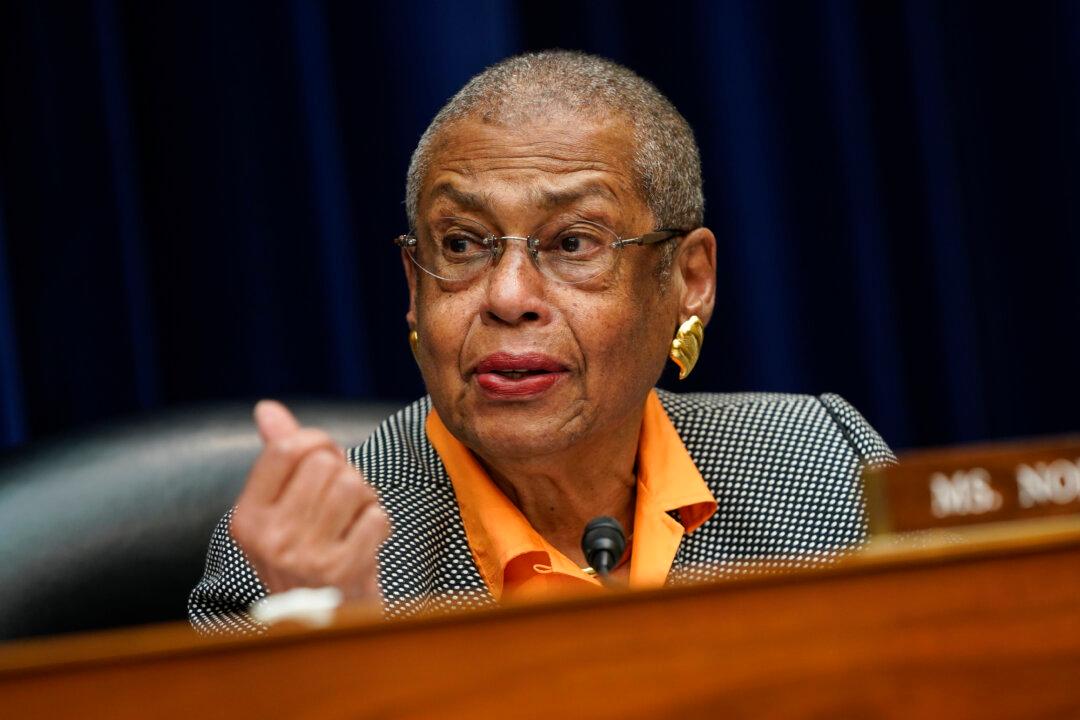According to the report of the panel, which consists of leading climate change scientists, academics, and private sector practitioners convened by the Mayor and funded by the Rockefeller Foundation, New York City will face higher temperatures and more rapidly rising sea levels, as well as more frequent and intense extreme weather events “like heat waves, heavy rainstorms, and coastal flooding “ over the course of the century.
The report will be used to inform the actions of the City’s Climate Change Adaptation Task Force, which was appointed last summer and is made up of City, State, and Federal agencies, regional public authorities and private companies that control critical infrastructure in New York City.
The report was released at the Department of Environmental Protection’s Rockaway Wastewater Treatment Plant, which is preparing for the effects of climate change by raising electrical equipment; such as pump motors, circuit breakers, and controls, to higher elevations.
The Mayor was joined by Acting Environmental Protection Commissioner Steven Lawitts, New York City Panel on Climate Change co-chair Dr. Cynthia Rosenzweig and the Office of Emergency Management’s Chief of Staff Seth Cummings.
“The climate change projections developed by our expert panel put numbers to what we already know, climate change is real and could have serious consequences for New York if we don’t take action,” said Mayor Bloomberg. The projections developed by the NPCC will be used by our Adaptation Task Force to create a plan to protect the City’s critical infrastructure and will inform other City efforts to adapt to climate change.”
Using global climate models and local information, the New York City Panel on Climate Change projects that by the end of the century New York City’s mean annual temperatures projected to increase by 4 to 7.5 degrees Fahrenheit. Annual precipitation is also projected to increase by 5 to 10 percent, and sea levels to rise by 12 to 23 inches.
The report also projects that extreme events, such as heat waves, short periods of intense rain, droughts, and coastal flooding, are likely to become more frequent and more intense. In contrast, cold day events, where the temperature drops below freezing, will decrease in frequency. By the end of the century, New York City could experience:
- Approximately 2.5 to 4.5 times more days per year over 90 degrees than experienced on average from 1971-2000;
- Approximately 2.5 to 4 times more heat waves (as defined as three consecutive days over 90 degrees) a year than experienced on average from 1971-2000;
- More frequent, intense rainstorms; * A current 1-in-10 year coastal flood about once every 1 to 3 years; and
- A current 1-in-100 year coastal flood about once every 15 to 35 years.
The report will be used by the Climate Change Adaptation Task Force, which consists of 38 City, State, and federal agencies, regional public authorities, and private companies that operate, maintain and regulate critical infrastructure in New York City. The Task Force, which was also launched in August 2008, is working to identify the risks and opportunities posed by climate change and will release an initial report on its findings and draft adaptation strategies later this year.




Friends Read Free